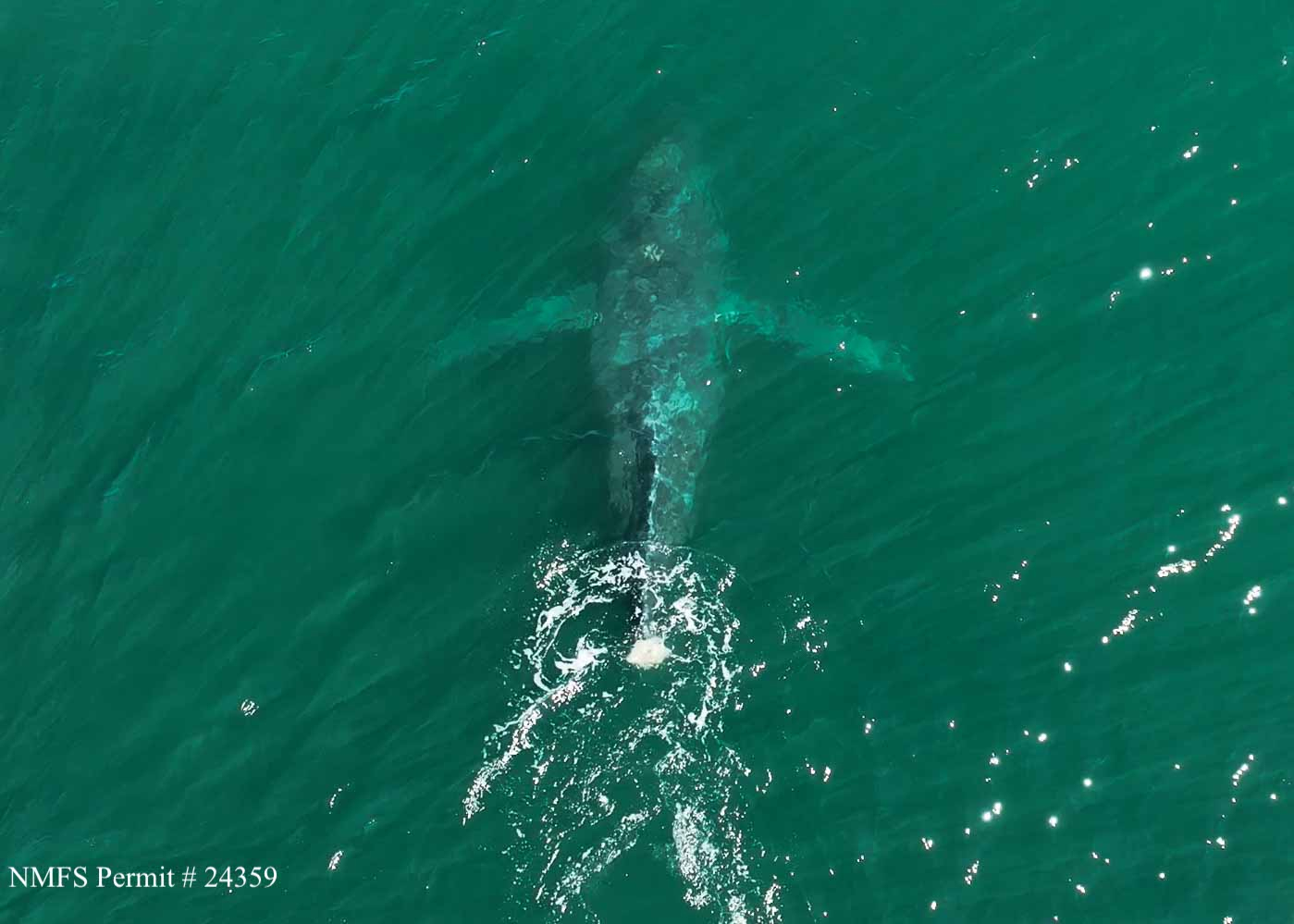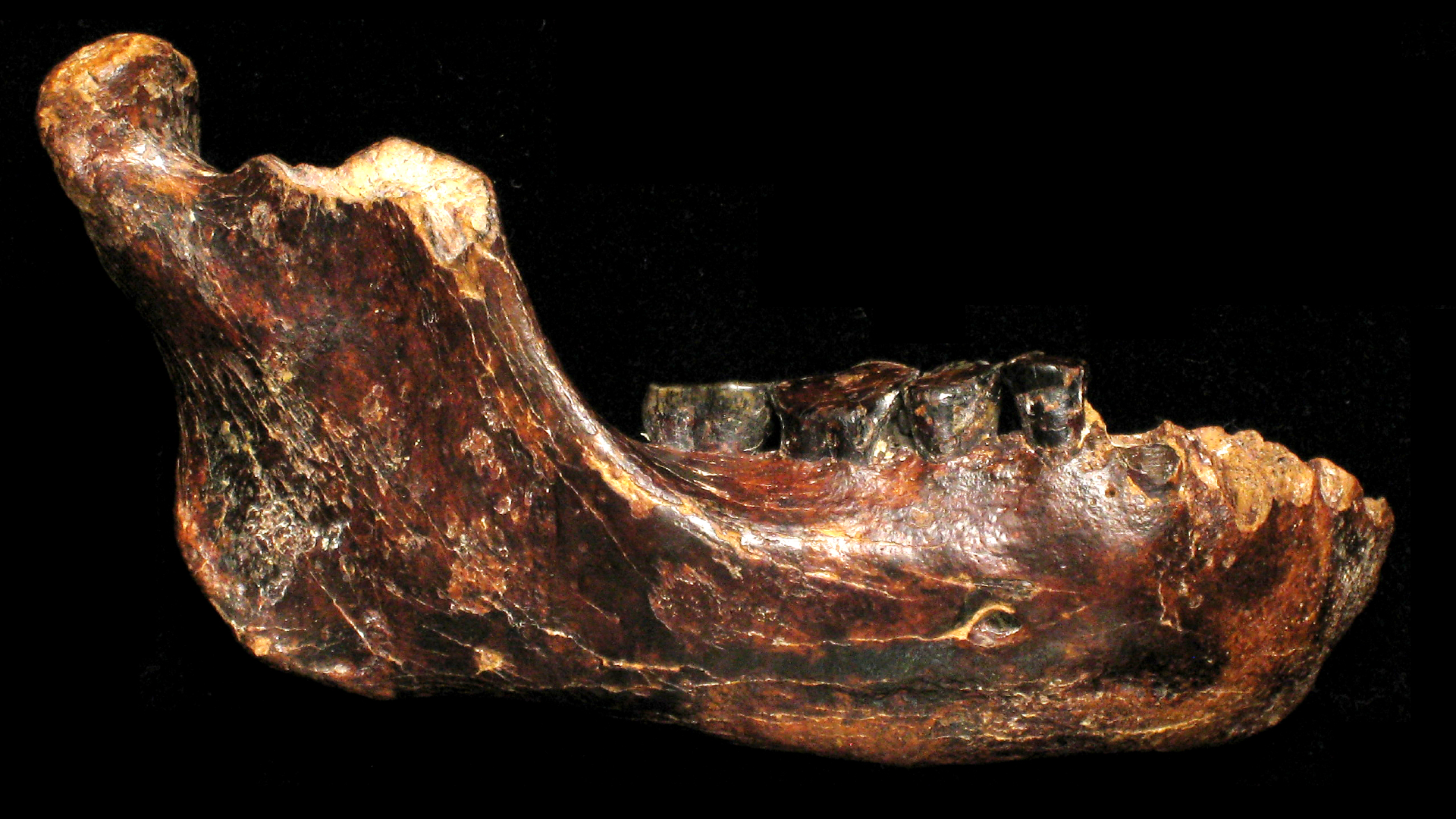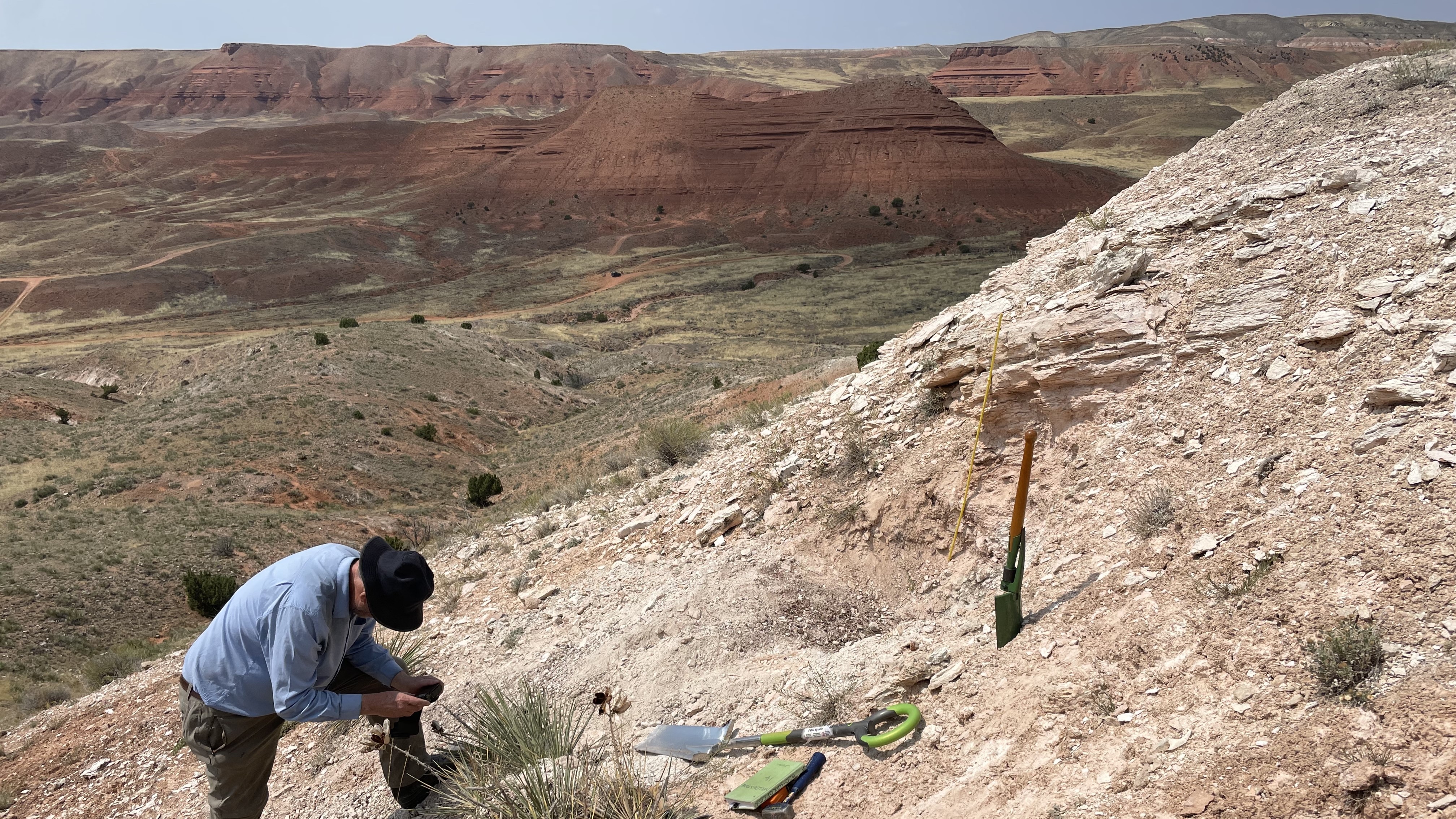Watch heartbreaking footage of humpback whale with missing tail in Washington state
Drone captures footage of a humpback whale missing its tail fluke — an injury suspected to be from long-term entanglement in fishing gear.
A whale whose tail appears to have been torn off by fishing debris has been spotted off the coast of Washington state. While the whale is managing to adapt right now, it will likely die from exhaustion and starvation soon, experts say.
Aerial drone footage shows the humpback whale (Megaptera novaeangliae) missing its iconic lobed fluke, which is responsible for propulsion while swimming.
"It's very disturbing," Jessica Farrer, lead responder and research director at The Whale Museum in Friday Harbor, told Live Science. "It's such a big majestic animal and it's missing a very important part of its body and on some level we know that we are the ones — humans that is — that caused it."

Related: Whale with broken back spotted near Mexico after suspected ship collision will likely die
The whale likely lost its tail fluke because of long-term entanglement in fishing lines or other debris.
"Their flukes are massive and our oceans are full of lines so it's not uncommon at all for humpbacks to pick up line and trail with it," Farrer said.
The whale, which has been named Catalyst, was first seen on July 5 on the east side of Swindle Island, then again on July 10 near Campbell River, according to a Facebook post from San Juan County Marine Mammal Stranding Network — a program run by The Whale Museum.
Sign up for the Live Science daily newsletter now
Get the world’s most fascinating discoveries delivered straight to your inbox.
Posted by mersocietybc on
On July 23 it was spotted again off the coast of Lopez Island when a drone recorded the humpback whale using its pectoral fins to push itself along, before the whale revealed its missing fluke as it attempted to dive.
Despite its injury, Catalyst has traveled a distance of around 370 miles (600 kilometers) since the first sighting.
"It was traveling at a normal speed, around 3-4 knots [3.5 to 4.5 mph, or 5.5 to 7.5 km/h], it was diving and it was doing what humpbacks do, and it managed to make it from Campbell river all the way down to the San Juan islands," Farrer said. "Talk about the little whale that could."

Whales rely on their tail fluke for communication with other whales in the form of tail slaps, and for propulsion during deep dives to forage for food.
While it can swim, "it's likely not able to forage efficiently enough to sustain itself and has zero hope of migrating so it will probably stay within the region," Farrer said.
Without a tail fluke, the whale will likely die due to starvation or exhaustion, Farrer said, but added the marine mammal might adapt to its new swimming technique in the meantime.
"Initially the whale will start to scull [propel itself] with its pectoral flippers but eventually it will start using its peduncle [the muscle where the tail fluke connects to the body] in a kind of side to side motion," Farrer explained.
Entanglement is a threat to large whales worldwide. According to estimates from The International Whaling Commission, 300,000 whales die from entanglement in fishing gear each year.

Elise studied marine biology at the University of Portsmouth in the U.K. She has worked as a freelance journalist focusing on the aquatic realm. Elise is working with Live Science through Future Academy, a program to train future journalists on best practices in the field.










